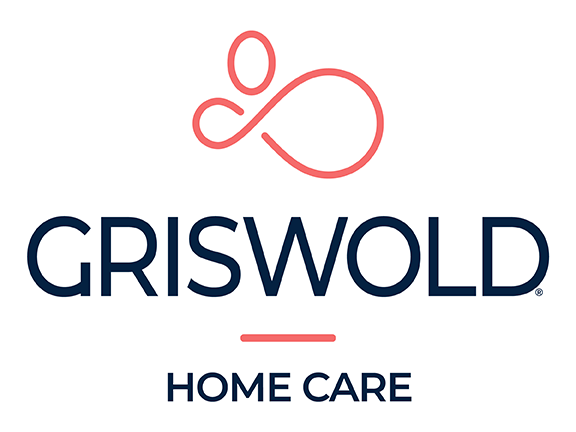In celebration of National Glaucoma Awareness Month, we want to educate you and your loved ones on how to assess the risk of glaucoma. Oftentimes a misunderstood condition, glaucoma will lead to blindness without treatment.
According to the American Optometric Association, glaucoma is the second leading cause of blindness in the United States. Glaucoma is a group of eye disorders leading to progressive damage to the optic nerve resulting in loss of vision. The optic nerve is a bundle of about one million individual nerve fibers that transmits the visual signals from the eye to the brain.
For the majority of glaucoma cases there are no early onset symptoms, so many people don’t realize they are at risk. It’s estimated that over 4 million Americans have glaucoma, but only half of those are aware that they have it.
 Most people do not realize anything is wrong until the optic nerve is already damaged and peripheral (side) vision is lost.
Most people do not realize anything is wrong until the optic nerve is already damaged and peripheral (side) vision is lost.
Diagnosis is the first step to preventing blindness. Ask yourself the following questions to find out if you are at risk:
1.Does anyone in your family have glaucoma? People who have a family history of glaucoma may be up to seven times more likely than those who don’t to develop the condition, according to the organization TAKE on Glaucoma.
2.Does your background increase your risk? Those of African, Hispanic, or Asian descent are at an increased risk for some of the different types of glaucoma. African Americans are especially at risk. Glaucoma is between six and eight times more common in African Americans than in Caucasians.
3.Does your age put you at risk? Those over age 60 are at increased risk of glaucoma. If you are a senior citizen, schedule regular eye exams to monitor any new developments in your eye health.
4.Do your existing health conditions put you at risk? Diabetics and people who are severely nearsighted are at higher risk of developing glaucoma.
5.Have you experienced any conditions such as tumors of the eye or retinal detachment? Such conditions may increase the risk for glaucoma.
Glaucoma is diagnosed through a comprehensive eye examination. You and your ophthalmologist will decide how often you should be examined based on the risk factors above and the findings of the examination. While there is no cure for glaucoma today, it can be treated with medications, in the form of daily eye drops, or surgery. Treatment is a life-long process to prevent further damage to the nerve and blindness.
If you have not been examined in the last year and have any of the named risk factors, contact a physician in your area to be evaluated.
